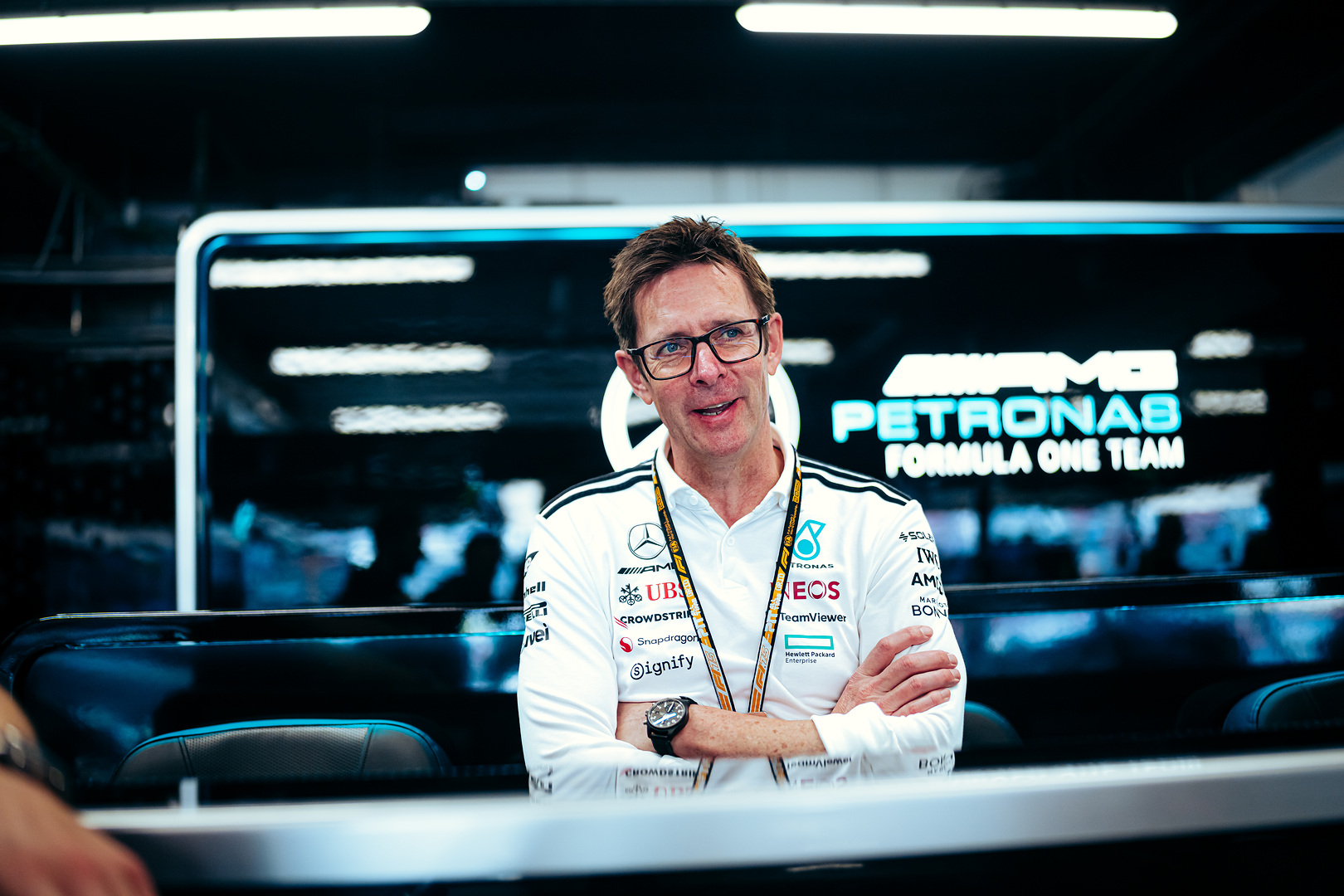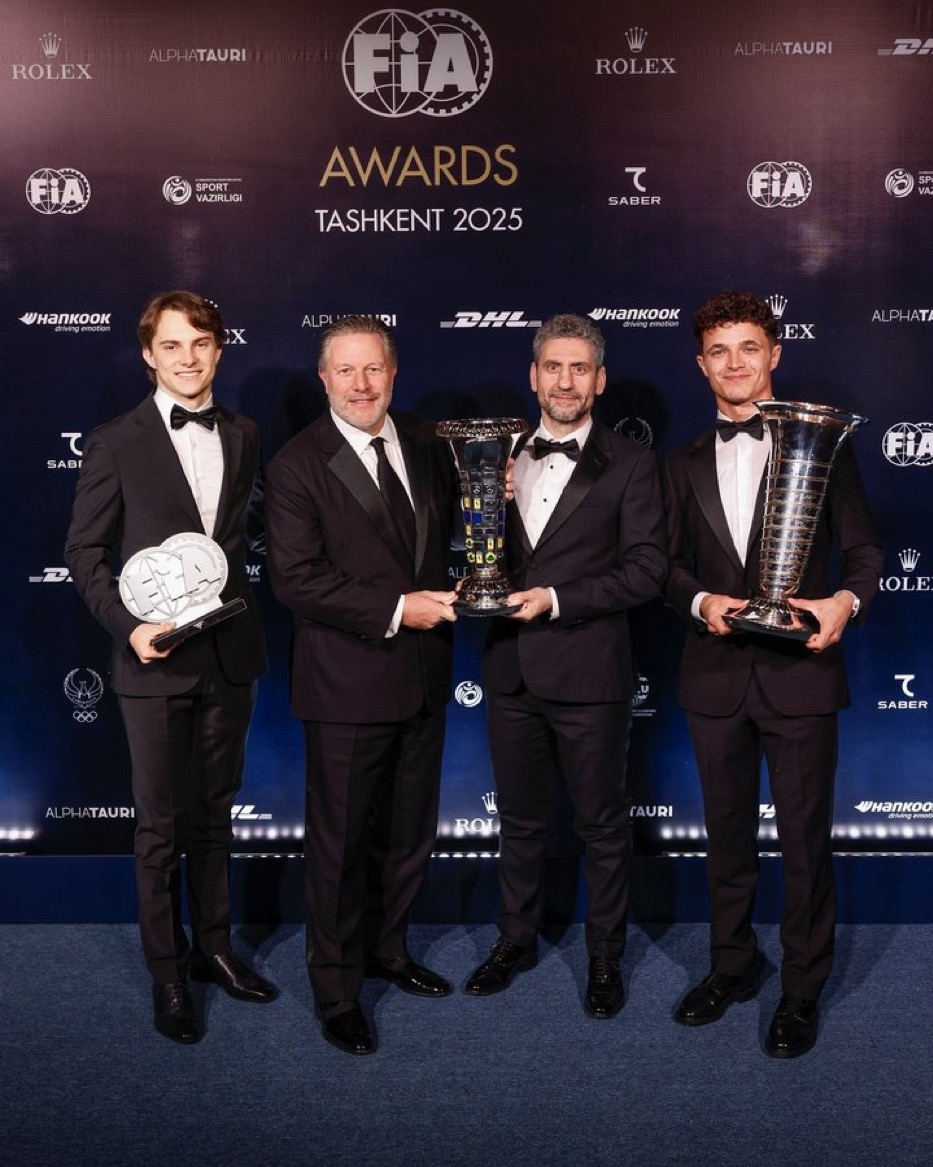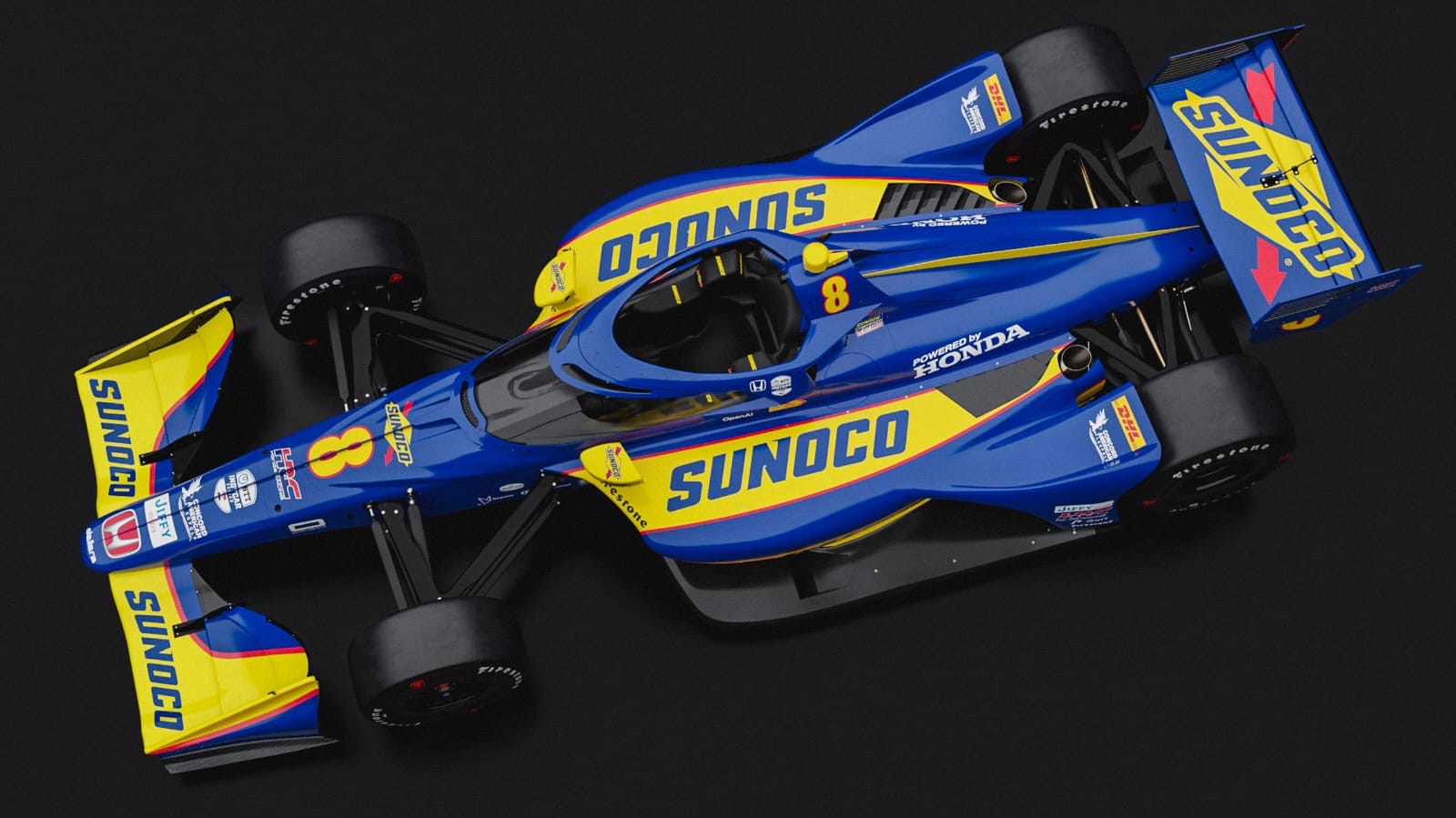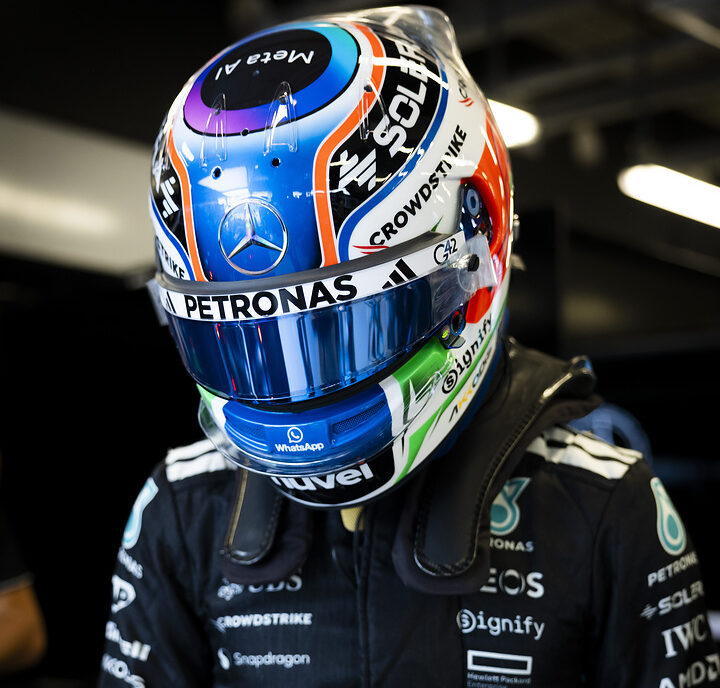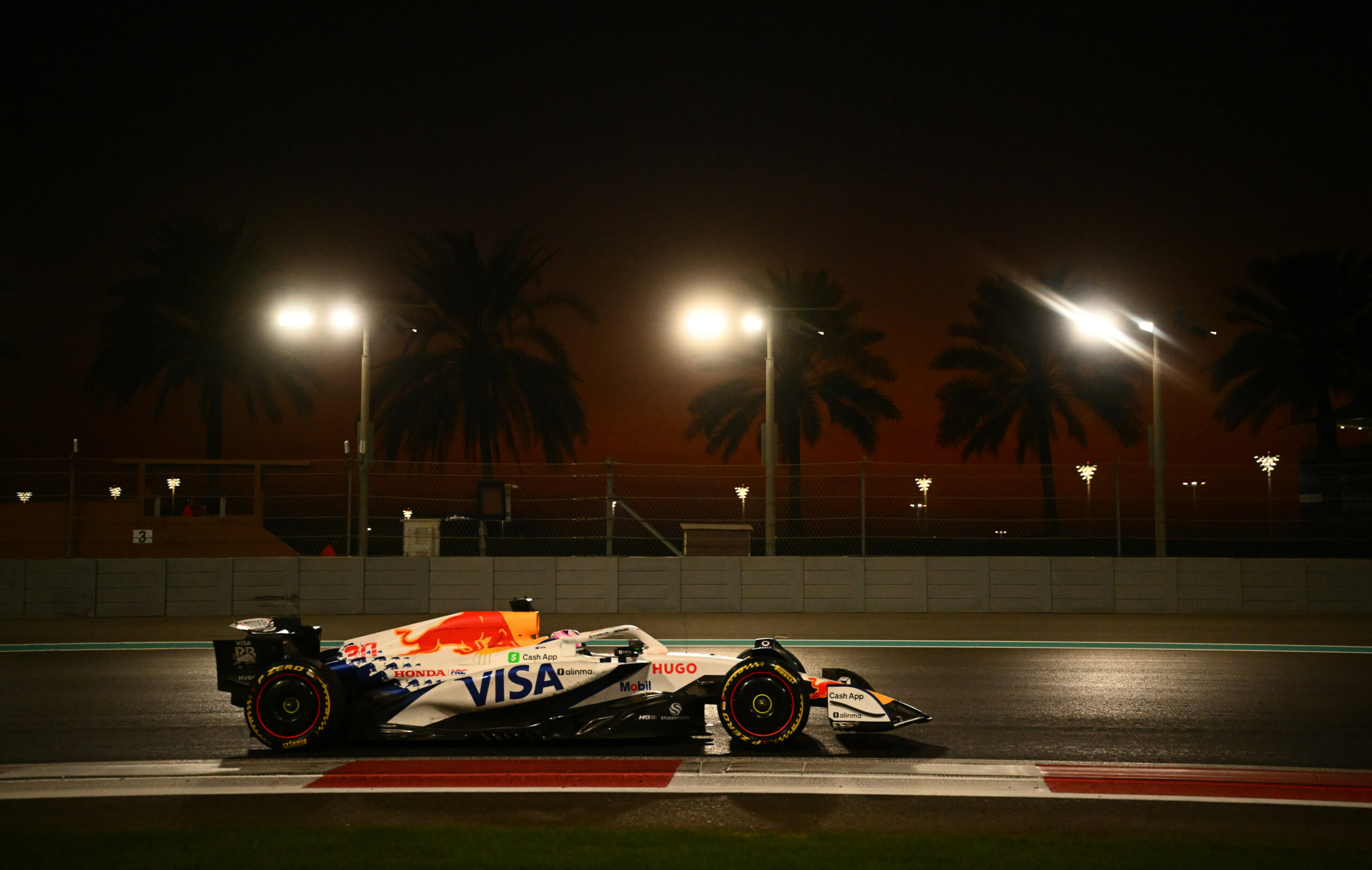Mercedes’ Trackside Engineering Director Andrew Shovlin admitted the team couldn’t have done much more to extract a better result at the F1 Belgian GP, with George Russell P5 and Kimi Antonelli struggling to 16th. The weekend left Mercedes seemingly stuck in no man’s land.
Since Russell’s triumphant win in Montreal, the team’s performances have seen its ups and downs. Reflecting on their race at the F1 Belgian GP, Shovlin addressed the team’s ongoing struggles with the instability of the W16.
Conservative approach during wet-to-dry crossover
Shovlin acknowledged that Mercedes may have been overly cautious with their tyre call during the crossover to slicks. He noted that seven-time World Champion Lewis Hamilton’s early switch to slick tyres was a missed opportunity to gain positions during the race—admitting that was likely the only moment where the team could’ve improved on in hindsight.
“I mean, if you look at what Lewis [Hamilton] did where he went onto the dry tyre a lap earlier, it looks like we were a bit conservative in that cross, so that’s about the only place that I think there was any opportunity in the race to have finished further up.”
However, Shovlin emphasised that the team’s priority was to understand their lack of pace. Rather than dwelling on missed opportunities, he stated that the team will concentrate on diagnosing their performance issues for the next race this weekend in Budapest.
“But our focus is more on car pace, why we weren’t able to perform better yesterday [on Saturday], why we weren’t quicker in the race, because we were dropping back from Max [Verstappen] and Charles [Leclerc].”
“So yeah, there was some opportunity in the race, but that’s not where the team is going to be focused over the next few days.”
Recent struggles and rear instability issues persist
Throughout the weekend, George Russell was vocal about their uncertainty as to why they had taken a step back. Struggling to find pace, the Briton settled for P6 during Qualifying and was certain it was the maximum they could’ve achieved.
When asked about Russell’s comments, Shovlin admitted they are still trying to understand their issues. Acknowledging that while the car showed strong form earlier in the season, Mercedes’ direction with its recent development hasn’t allowed them to maintain that level of performance. He noted that other teams are managing car balance more effectively and emphasized the need for Mercedes to reassess the design changes made in recent races to find a solution.
“Well, that’s what we need to understand. What we had early on in the year was a car that was working well at pretty much every circuit. We were generally fighting for the second row of the grid, if not the front row.”
“It’s probably true for anyone that the [Technical Directives] won’t improve stability, but this wing was on the car in Montreal and it was fine. The fact is other people are able to balance their cars a bit better. There’s no doubt a solution in there for us, but as I said, we’re just looking at all the steps that we’ve taken with the car design over the last number of races.”
“There’s more that we can learn” says Shovlin on Mercedes’ recent struggles
Shovlin highlighted entry instability as their main issue they are still trying to understand. While the front-wing change and recent technical directives may have influenced the car’s behaviour, he re-emphasised the team’s priority over the next few races to finding answers to their questions.
Shovlin said: “It isn’t just the front wing that’s changed and I’m sure there’s more that we can learn. As I said, that’s what the focus is on over the next few races, is trying to pinpoint why we’re getting this entry stability issue. I’d say as another point, yes, that [Technical Directive] on the front wing might take you in the wrong direction, but the fact is when we’ve dropped aero balance out of the car, the instability is still there.”
“So, as I said, there’s something for us to learn.”
Significant changes to setup for Budapest?
Headed into Budapest, Shovlin explained that there’s an opportunity to change several aspects of the W16. However, it would depend on the parts that are available to them. The 51-year-old noted that the team has made numerous changes throughout the year and plans to meet with the drivers to review their development path. The goal, he emphasized, is to ensure their efforts remain targeted and purposeful, rather than making adjustments for the sake of change.
“Well, it depends what extent you’re talking about but it’s definitely possible for us to look at changing aspects of the car for Budapest. How deep we go will depend on what parts we’ve got around us. And, as I said, there’s quite a lot that we’ve changed so we’ve got a meeting with the drivers tomorrow [on Monday] to go through some of what we’ve done over the year to try and make sure that our efforts are focused on the right things, not just changing things for the sake of it.”

